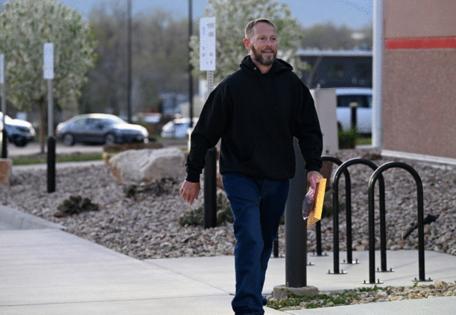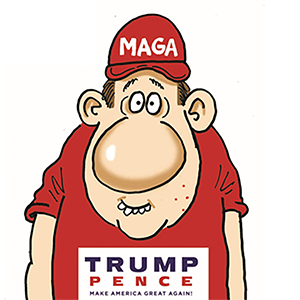Suspect in 1994 Boulder murder to be prosecuted again after first conviction tossed in wake of Colorado Bureau of Investigation scandal
Published in News & Features
DENVER — The Colorado man who saw his murder conviction overturned in April in part because of faulty DNA evidence connected to a statewide scandal will be prosecuted again in connection with the 1994 Boulder killing, the district attorney announced in court Thursday.
Michael Clark, 50, was released on bond in April while prosecutors considered whether the case against him should continue after his conviction was thrown out. Clark, who has maintained his innocence, served more than 12 years of a life prison sentence in the killing of Boulder city employee Marty Grisham after he was convicted in 2012.
A judge this year wiped away Clark’s conviction after his attorneys found evidence that DNA testing in the case was mishandled by now-former Colorado Bureau of Investigation scientist Yvonne “Missy” Woods, one of several problems with the original murder prosecution.
Woods was charged in January with 102 felonies connected to widespread misconduct during DNA testing. Investigators found she deleted, omitted or manipulated DNA data in at least 1,003 criminal cases during her 29-year career with the CBI. Her case is pending.
The DNA testing scandal sent shockwaves through Colorado’s criminal justice system and prompted reforms and new oversight at the CBI. Clark was the first to successfully challenge his conviction in the wake of Woods’ misconduct, and his case is expected to be one of many such challenges.
Marty Grisham was shot and killed on Nov. 1, 1994, after he answered a knock at the door. Clark was always a suspect in the killing, but investigators only had circumstantial evidence at the time.
It was Woods’ DNA testing of a Carmex lip balm container found at the scene that led investigators to finally charge Clark in the cold case in 2012. Woods at the time concluded that DNA in the lip balm tub excluded 99.4% of the world’s population, but could include Clark.
New testing conducted this year found that it is 2.8 times more likely that random people contributed the DNA in the lip balm than Clark. The results could statistically exclude Clark from the DNA in the container, prosecutors acknowledged in court filings.
In 1994, investigators considered Clark a suspect in Grisham’s killing because he had access to a 9 mm gun — the same caliber used in the killing — and because they alleged he stole blank checks from Grisham and wrote $4,500 in false checks from Grisham’s account.
Later, they alleged Clark, then 19, dreamed of joining the Marine Corps and believed he could not do so if he was caught committing check fraud, so he killed Grisham in an attempt to cover it up. A jailhouse informant also later claimed Clark had admitted to the killing while jailed in the check-fraud case.
Clark had been in Denver at 9 p.m. that night, then at his home in Boulder making phone calls to friends by 9:45 or 10 p.m., his defense attorney said. Investigators initially believed it was possible Clark shot Grisham at 9:34 p.m. that night, but “the timeline was very tight,” the attorney wrote in a motion for post-conviction relief.
________
©2025 MediaNews Group, Inc. Visit at denverpost.com. Distributed by Tribune Content Agency, LLC.







Comments